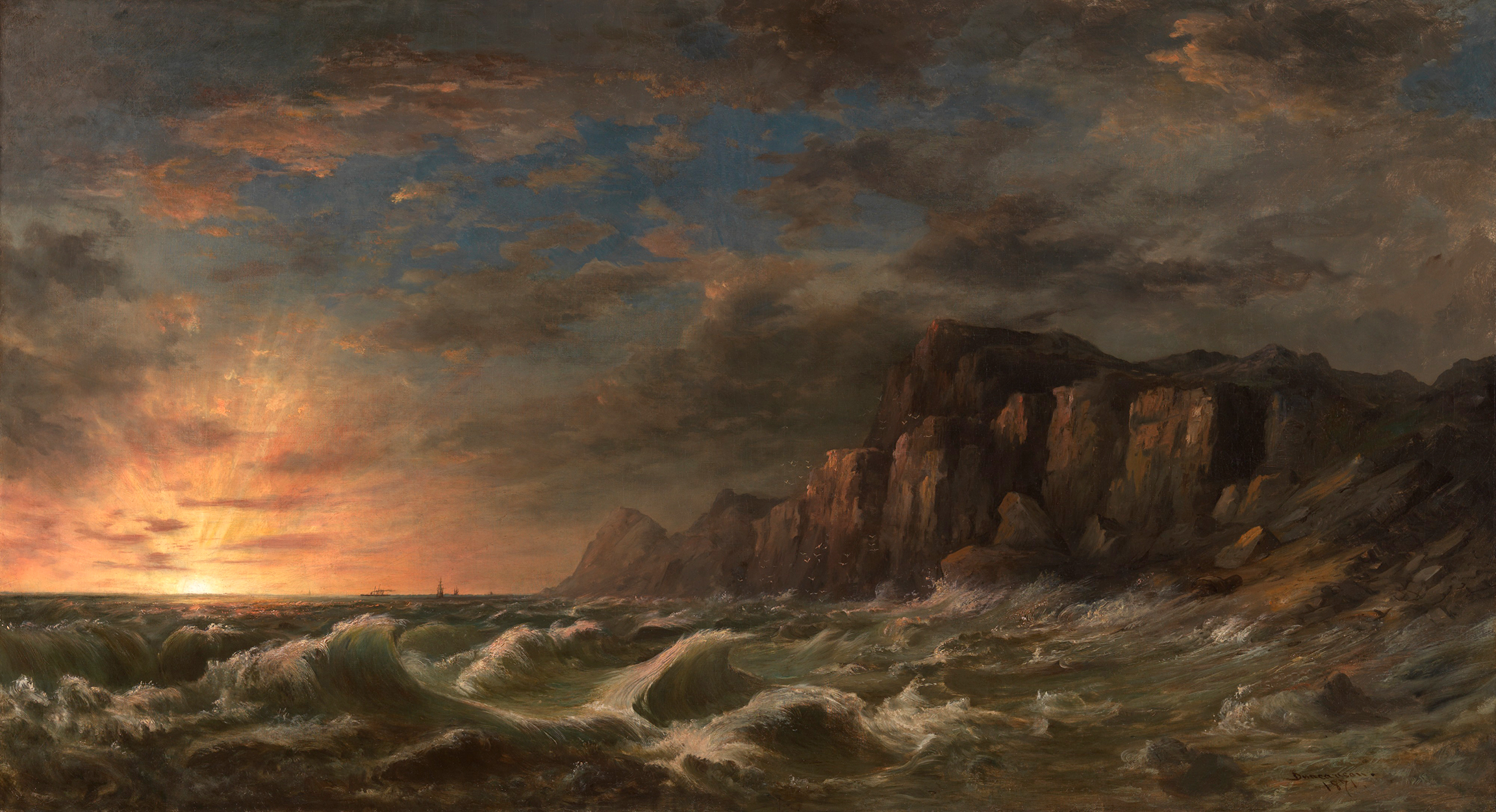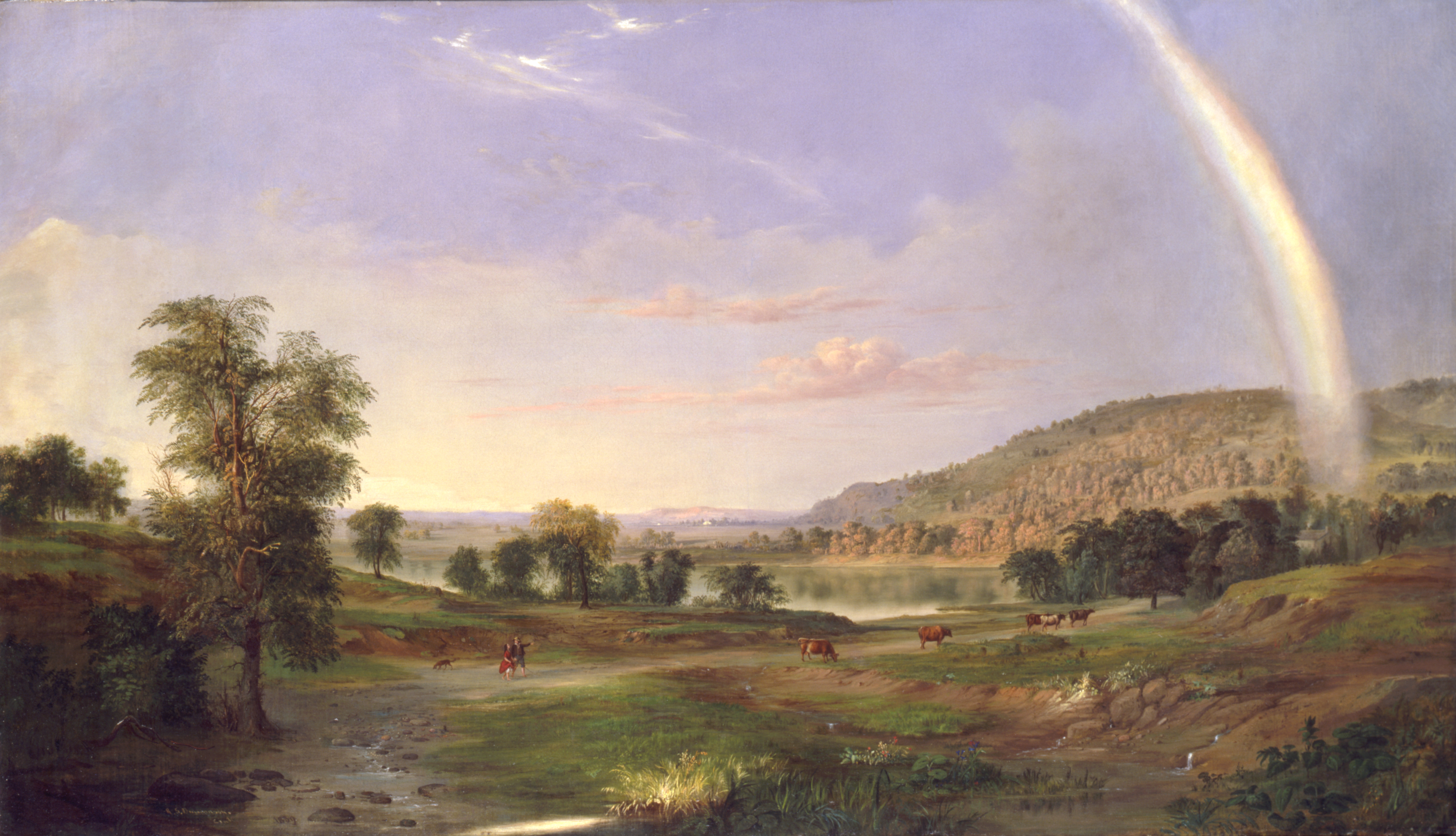Today it is our last day of the special month with the Cincinnati Art Museum. We hope you enjoyed it! : )
Robert Duncanson was a 19th-century American landscapist of European and African ancestry. Charles Duncanson, Robert's grandfather, was an emancipated enslaved man from Virginia. He moved north to Fayette before 1790. Charles's son, John Dean, and his wife, Lucy, raised a family of seven children, including Robert.
Duncanson grew up in Monroe, Michigan, where he learned the family trade of house and ornamental painting, as well as carpentry. Working in Monroe from 1838 to 1839 as a painter and glazier, he dreamed of becoming an artist. He left Michigan around 1840 for Cincinnati, Ohio, to pursue a career as an artist. Although he was aware of the struggles he would face as an African American working in a city so close to the south, he soon received several commissions from Cincinnati citizens. His career received a major boost in 1848 when he was commissioned by abolitionist Charles Avery to paint the landscape, Cliff Mine, Lake Superior. The association led to lifelong relationships with those who wanted to support black artists.
With the outbreak of the Civil War in 1861, Duncanson traveled through the northern United States and Canada, hoping to escape the turmoil of the fighting and anti-African American fervor. In the summer of 1865, Duncanson traveled to Scotland where he earned international acclaim from the British press. By the late 1860s, Duncanson struggled with mental illness and believed that the spirit of a master artist possessed him. His delusions may have been brought on by his continuous exposure to lead-based paint, first as a housepainter and later as an artist. Having spent his last years in Michigan, Duncanson died in a Detroit sanatorium on December 21, 1872.
P.S. Here you can get to know more about Robert Duncanson!


 Robert Duncanson
Robert Duncanson